This design provides two major benefits: it smooths out the irregular corneal shape common in keratoconus and keeps the eye hydrated throughout the day. […]
The Benefits of Scleral Lenses for Keratoconus
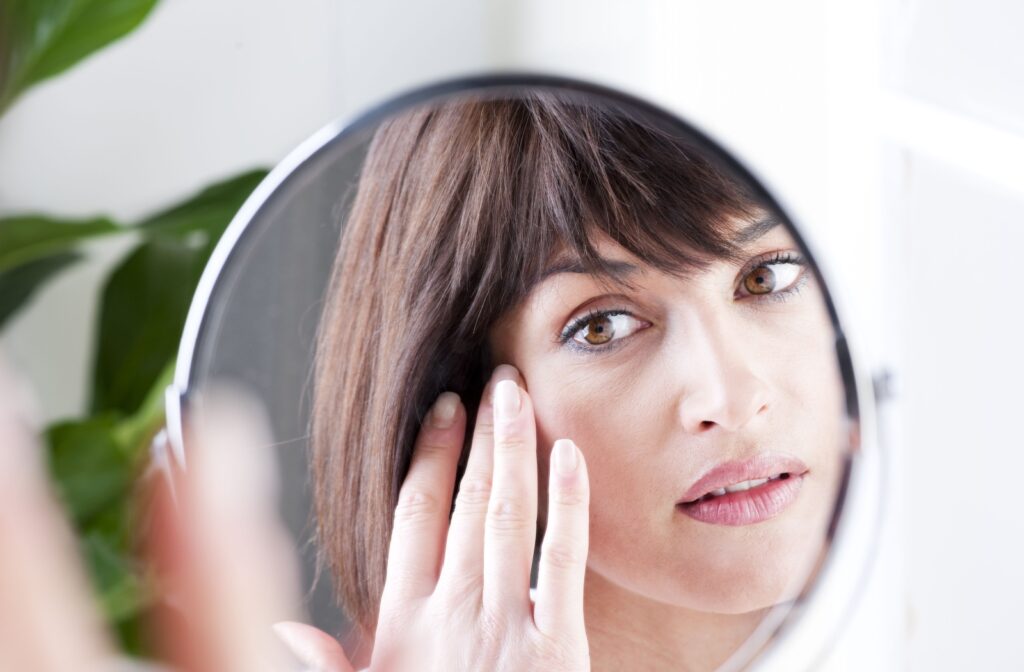


This design provides two major benefits: it smooths out the irregular corneal shape common in keratoconus and keeps the eye hydrated throughout the day. […]
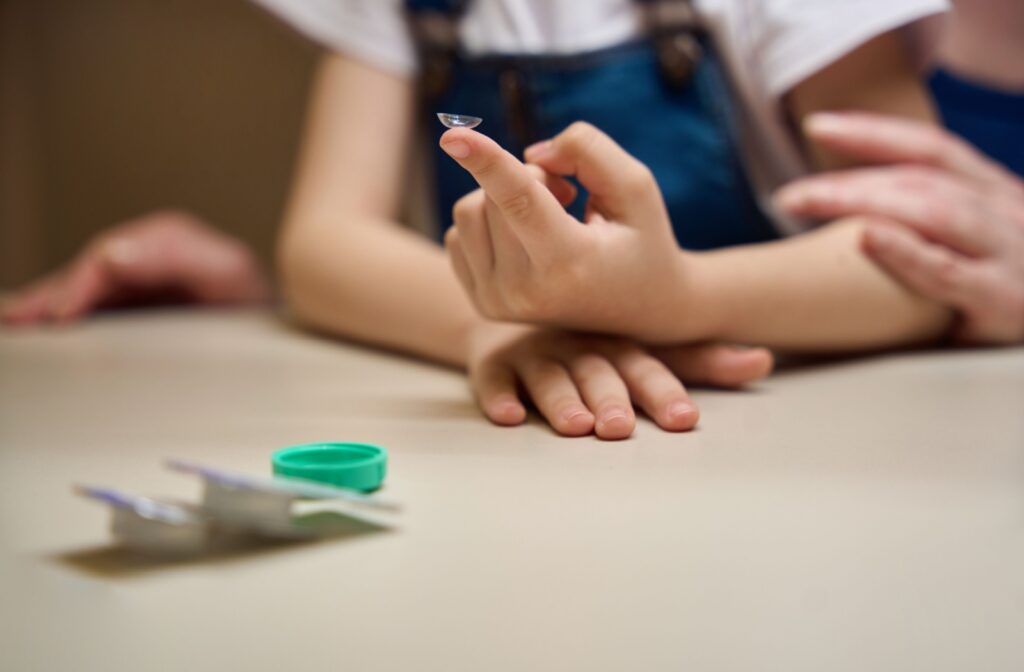
This often includes options like daily disposables or myopia control lenses. […]

Soft contact lenses are typically more comfortable and easier to adapt to, while hard contact lenses offer sharper vision and are often better suited for certain eye conditions. […]
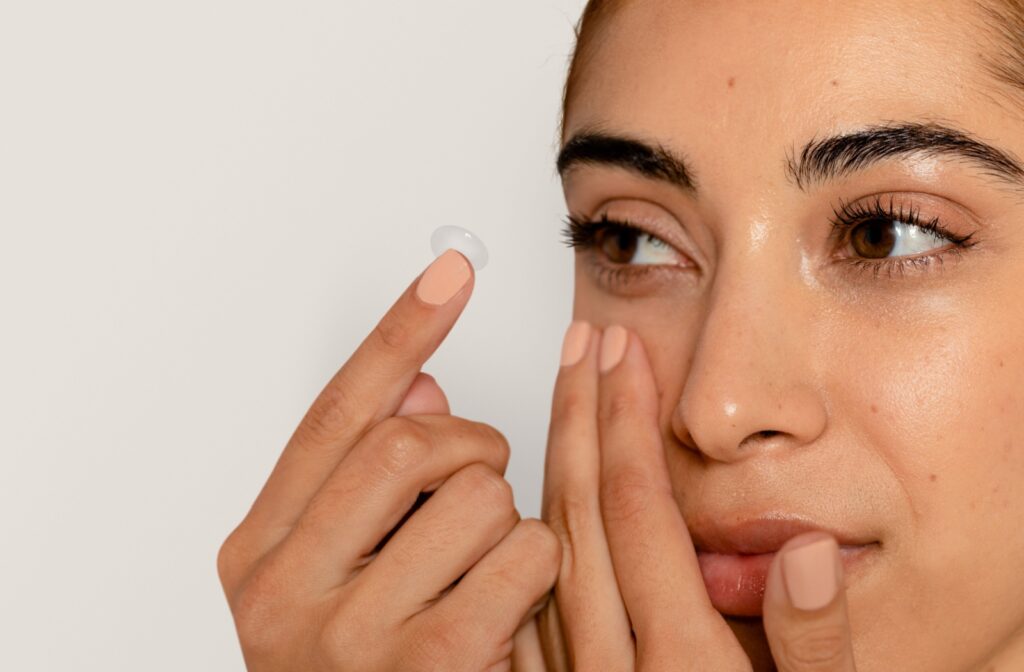
Scleral contact lenses typically last 1–3 years, depending on how well they’re cared for and how often they’re worn. […]

Myopia control lenses are one of several strategies available to slow the progression of nearsightedness in growing eyes, and they can play a crucial role in preserving vision as children develop. […]

Two of the most common refractive errors, myopia and astigmatism, can impact your ability to see clearly and often cause overlapping symptoms. […]
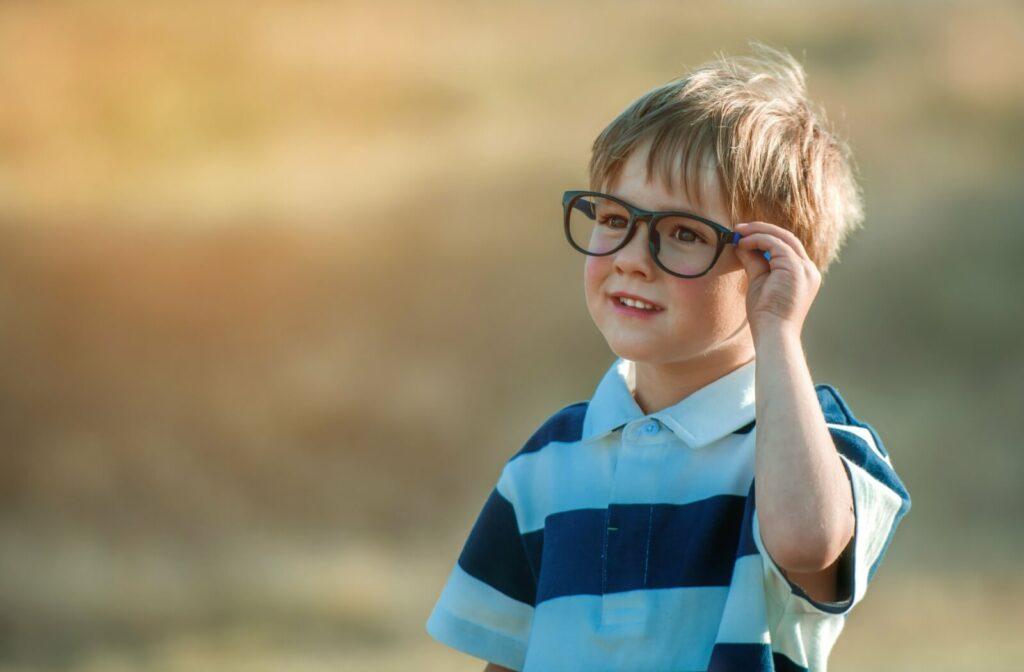
Tips for parents who want to help their kids avoid and manage myopia include:
Encouraging your child to spend more time outdoors.
Limiting screen time for your child.
Scheduling regular eye exams.
[…]
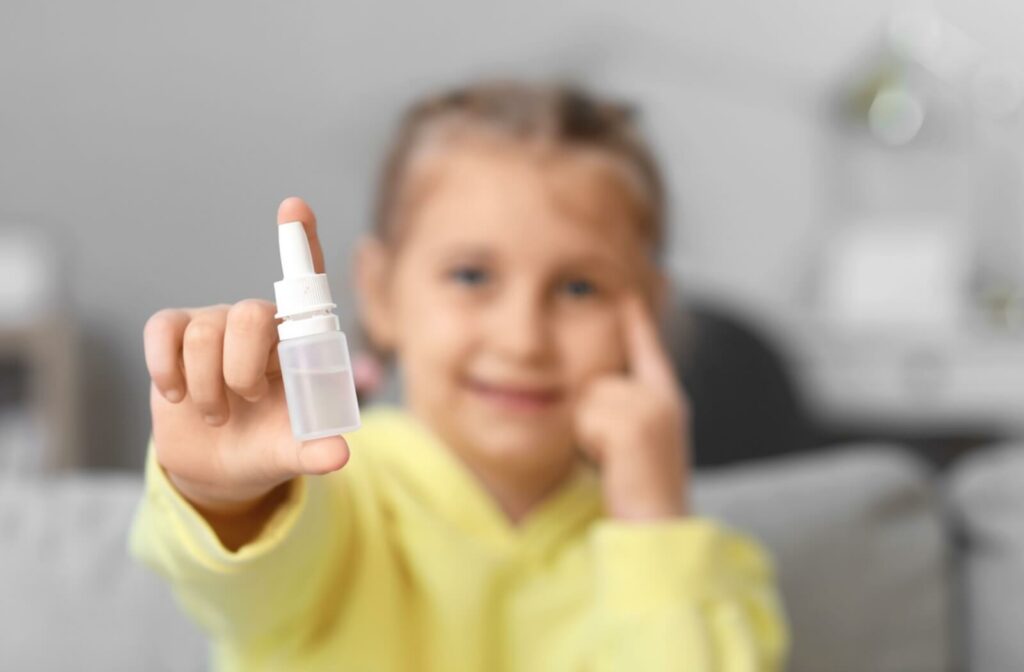
Children can use eye drops safely, so long as an optometrist determines this to be safe. Some eye drops, like atropine drops, can be used to slow the progression of conditions like myopia. However, eye drops should always be treated as medicine, so make sure to store them safely, out of your child’s reach.
[…]
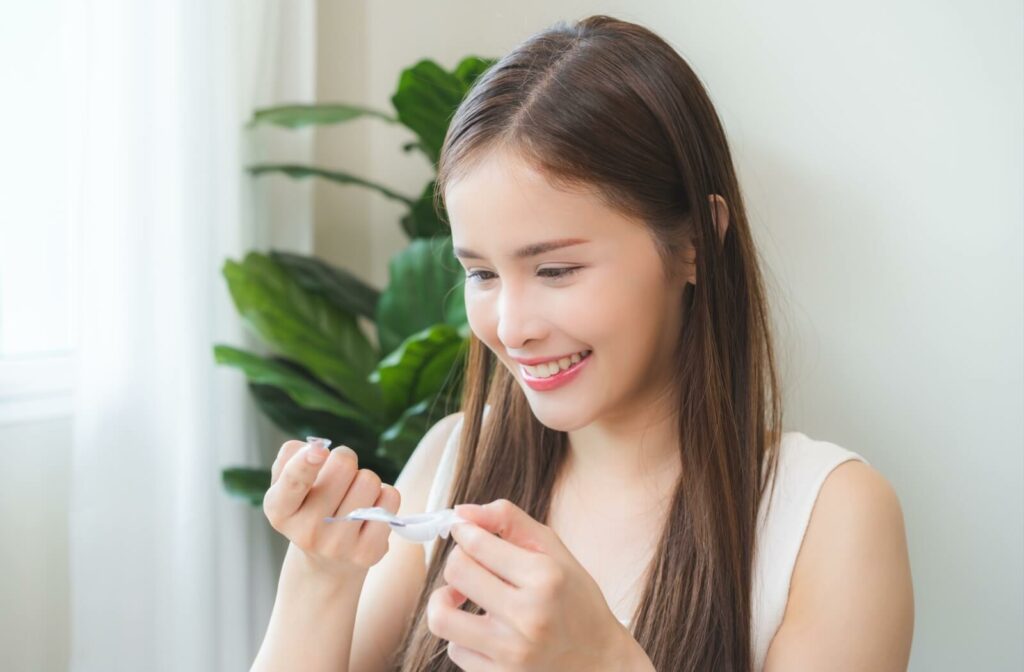
MiSight and ortho-k lenses are 2 potential myopia control options, each with its own benefits. There isn’t a one-size-fits-all answer to which is better for your child because it depends on the situation.
[…]
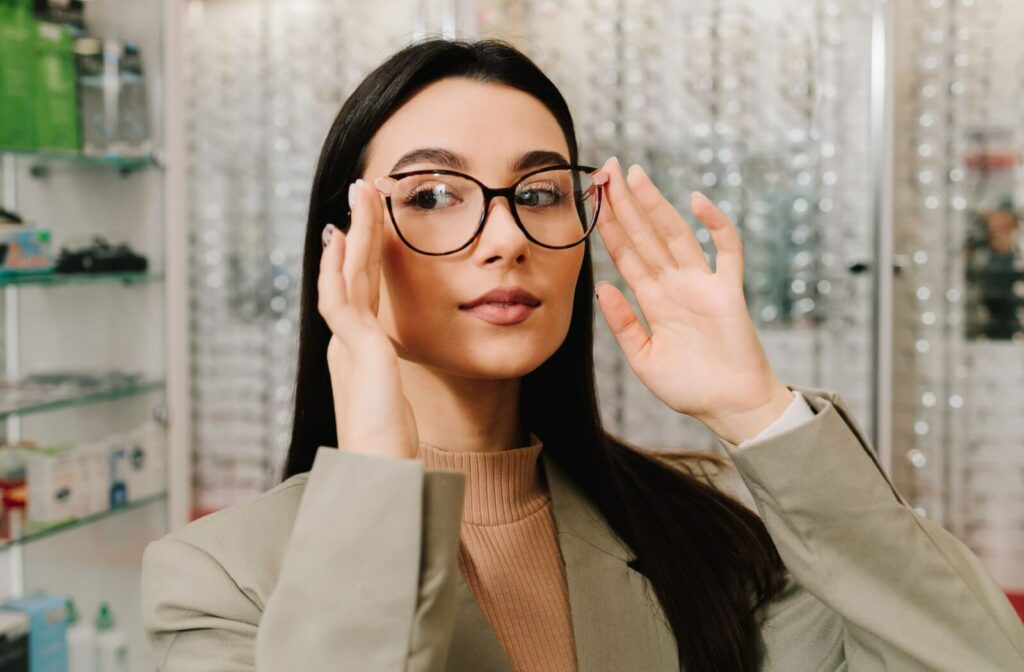
But eyeglasses don’t make your vision worse—in fact, they help improve it.
[…]